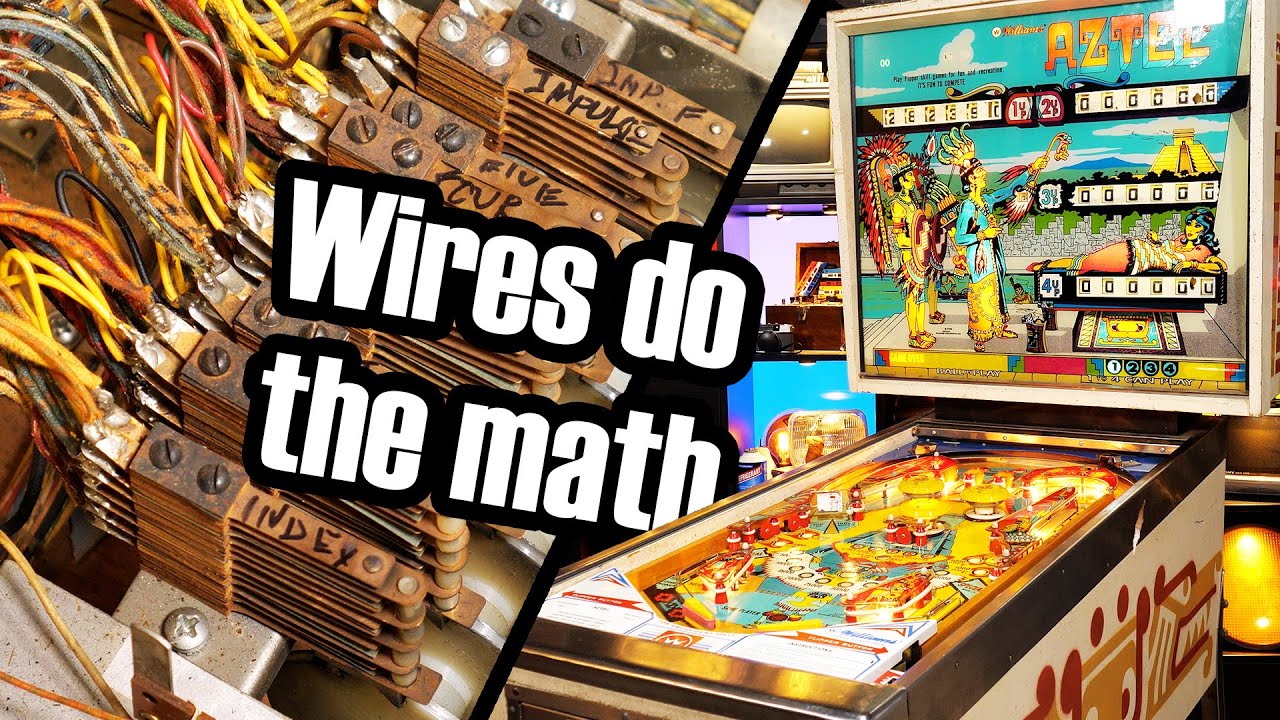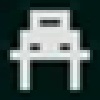First, wear your dust mask. Who knows where these machines have been?
That’s SO cool! It’s like those extremely complex redstone builds in minecraft, but irl and way cooler. I love it!
I have to say I think his studio lighting isn’t doing him any favors. In the first segment he looks so much better. Maybe it’s different cameras.
Analog computers are pretty cool, yet underrated tech. Although they aren’t very flexible compared to digital computers in the range of what they can do, they do their specific use case very well.
Need to solve a partial differential equation in real time? Don’t bother with iterative algorithms, that’s fool’s math, playa. Just hook it up to an analog computer specifically designed to solve that PDE type, rig up some wires for the input and output to your oscilloscope for real time mathz.
Isn’t that what FPGAs are for?
Are FPGAs particularly suited to solving PDEs? I just did a search and there seem to be some papers discussing implementing various PDE solving algorithms on FPGAs, but I’m not sure if it’s a task uniquely suited to them.
Probably not especially. But aren’t they basically wires burnt in circuit, made programmable via (UV?) light.
No. Modern FPGAs do not use any UV light or have any windows. For storage they use flash memory (same as what’s used in MicroSD cards, USB sticks and SSDs). Some (most?) require you to provide this yourself externally.
Old EPROM (not EEPROM) storage had windows and needed UV to erase, but that’s decades old. I’m not sure if FPGA was common nomenclature back then (PAL/GAL/CPLD were probably the market).
“CuriousMarc” on YouTube has a couple videos where he takes apart and restores an electromechanical navigation computer from an old soviet Soyuz capsule. It could show you exactly where in your orbit you were and calculate rendezvous and reentry burns, all with just a shitload of gears and things. It was incredible.
The old firing computers from WW2 are cool as hell.
Not just analog, but mechanical analog.
They take 25 inputs, some of which come directly from the spotter scope things, some from the ship itself, and then controls the guns directly.
It’s all cams, gears, reciprocating whatsits and stuff.
And because it’s analog, there is no quantisation, rounding errors, floating point errors. It’s continuously and instantly calculated.
Very cool stuff.
https://youtu.be/s1i-dnAH9Y4Wow, thanks for the link.
The older I get, the more I appreciate things like this, what is basically 19th century mechanical engineering, and what those geniuses were able to do with it. Like fly planes through WWII.
IIRC, when they were looking at refitting the Iowa class ships in the late 70s/early 80s, they found that while they could make the mechanical fire control computers smaller, they couldn’t make them any more accurate.
I mean, that’s 40 years ago.
I can understand that their mechanical abilities had peaked, and weren’t able to improve on it.
It would be curious to test that against a modern CNCd mechanical analog firing computer, and then test THAT against a modern 128-bit fixed/floating point computer.
I imagine the computer would win
Apologies for hijacking the thread, as I understand my comment is only tangential towards what is being discussed, but if you love pinball machines it’s such a great link to take a look at, so I thought I would still share it with you all.





